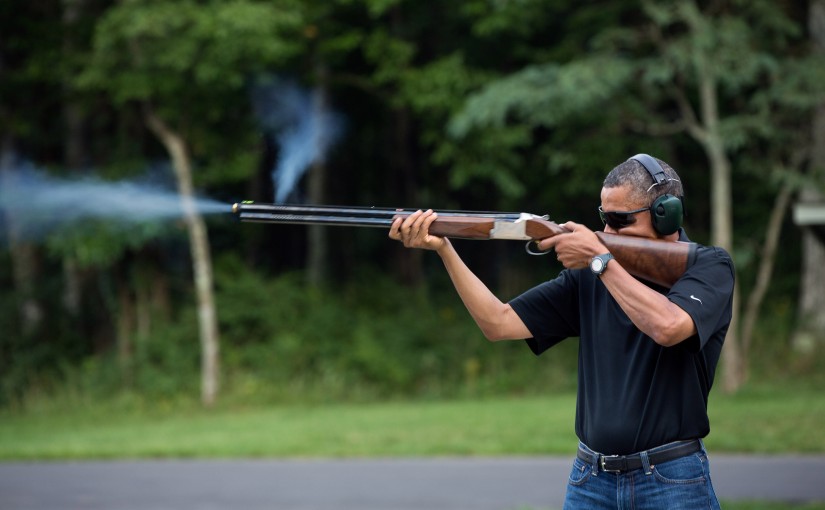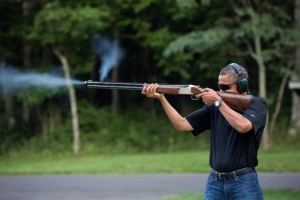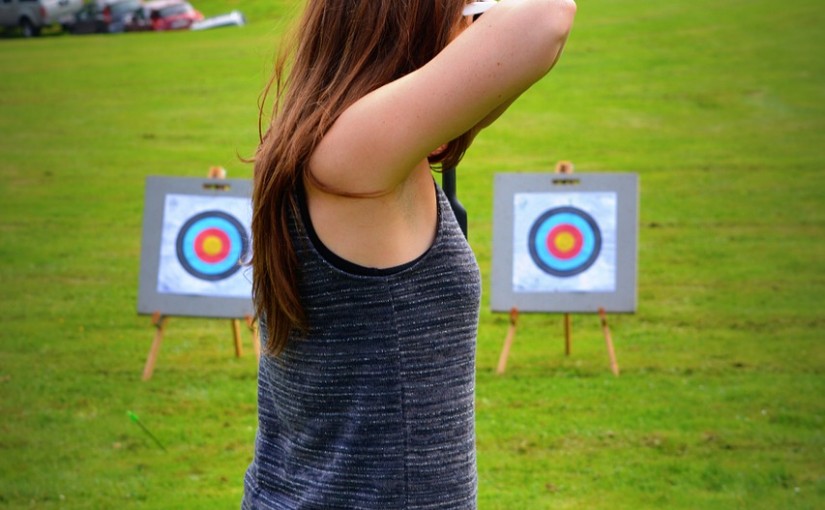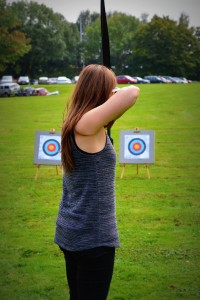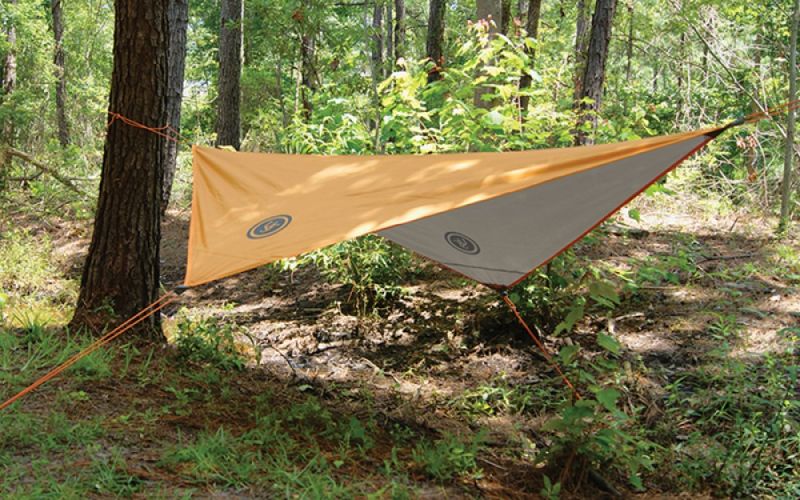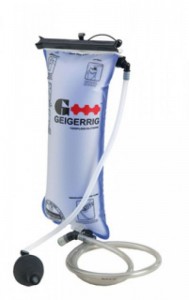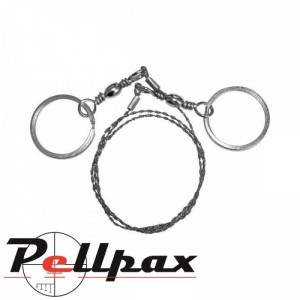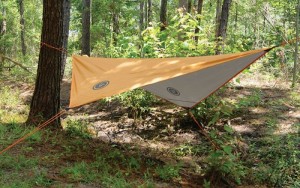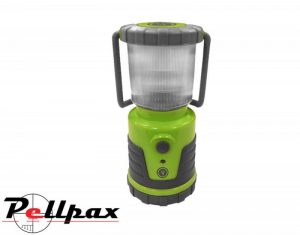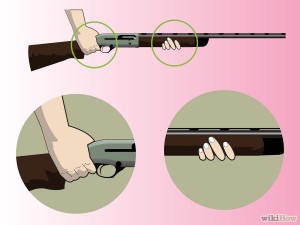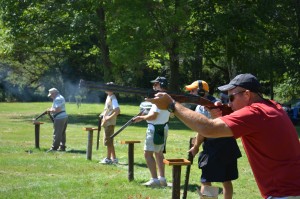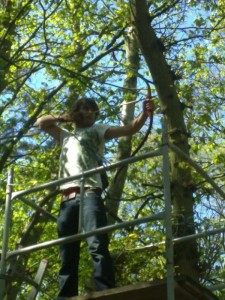
James Hancock is the resident archery enthusiast and expert at Pellpax, where we have recurve bows, crossbows, and all kinds of archery equipment and accessories for sale. He’s on hand to give advice and help customers most days. Here he shares how he got into archery, and won several high level competitions and awards in the sport.
I first started showing an interest in archery when I turned the age of eight, Lord Of The Rings – The Fellowship Of The Ring had just come out in the cinema (2001) and I remember all of my friends, including me, wanting to take up archery due to this.
I had already shown skill with hand-eye coordination from a younger age when my father brought me my first airgun, an old Baikal IJ 38 .177 Stamped “Made in USSR” down the side of it. This was keenly used to shoot bottle tops in the back garden using the open sights, and I must admit I was a demon with this gun.
Moving on, after showing an interest in archery, Dad bought my first bow for me as a birthday present. It was a little green Sherwood bow with only about 12lbs on it, and with this we would go across into the fields opposite our house, where we would walk the dogs and just shoot at tree stumps or hay bales. After seeing that I was shooting so well, Dad then took up archery himself and found us a local club so we could take this new found hobby further, so we joined the Fakenham Bowmen.
Joining GNAS
This was a target archery club and was run under the rules of GNAS (Grand National Archery Society). Whilst here I was constantly pushed by the club to take up Recurve or Compound style bows, that using sights on the bow, etc. I saw this as cheating and so refused and instead went in the direction of Barebow. This is where a Recurve style bow is used, but without any of the sights, weights or stabilisers. Using several of the club bows and trying all sorts of beginner recurve kits; Dad decided that if I were to enter competition then I would need a higher quality of bow to see me through, so he brought me a Hoyt Gamemaster 1 with a 40lbs draw weight. Through this he received a lot of criticism from by some of the clubs members because it was such a highly powered, challenging bow. The club hadn’t noticed, though that by this time I was very strong for my age and could use this bow all day with ease.
Winning Awards
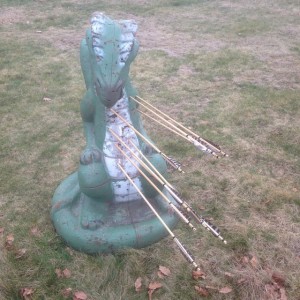
After winning several club events in my category, we then started signing up for other competitions around the county, and then all over the country. By this point I had turned 12-13. Whilst doing this, I won four Norfolk County awards in a row as well as various different club events. Whilst shooting at Taverham Archery Club on 8th January 2006 in a Stafford round I was informed that I had just defeated the previous record and was now the current national record holder for this category. With this, I went on to setting a few more national records, first back at Fakenham Bowmen in a Junior Warwick Round on 30th April 2006 Short, then Taverham Archery Club again in a Stafford round on 14th January 2007, then once again at Fakenham in a Short Warwick Round on 6th May 2007.
After all this there wasn’t much more room for me to progress within the target archery world as all the organisations and clubs were only really interested in the other junior archers who were using bow sights on recurves and compounds, grooming them ready for Team GB and Olympic shooting. So we left these clubs and shoots, and instead turned to field archery. First impressions of this different form of shooting were good, the people were friendly and the whole atmosphere was more relaxed and enjoyable. We had joined Broadland Bowmen in Norwich and as such it was a requirement for us to either join the NFAS (National Field Archery Society) or the EFAA (English Field Archery Association), so we joined both.
Entering NFAS & Other Competitions
Shooting mostly in the NFAS to begin with, I won several different club events, both local, and many around the country. These shoots were a lot more enjoyable because the targets weren’t like in GNAS, where you have a fixed target repeating the same round as the last. These types of events instead involved walking around a set out woodland course which had 3D animal targets at unknown distances. This suited me and my shooting style down to the ground. However, all this traveling and commitment to the sport began to make my hobby feel more like a obligatory task, and I rapidly began losing interest in the sport. One of the last serious competitions I shot at was hosted by Worlingham Field Archers 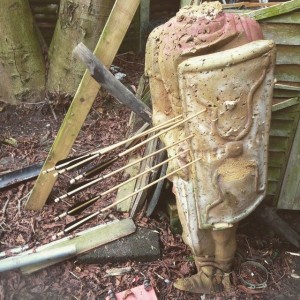 in Suffolk which was a weekend shoot over the 6th and 7th June 2007. Here my category was Junior Bow hunter Recurve and over the two days I won the highest score and so received an England medal.
in Suffolk which was a weekend shoot over the 6th and 7th June 2007. Here my category was Junior Bow hunter Recurve and over the two days I won the highest score and so received an England medal.
I shot a few more local competitions after this but truth be told I had completely lost interest and it all fizzled out. For about two years I didn’t touch a bow again or even think of doing archery. After this time I then picked the bow up again and still shoot for my own pleasure on some family woodland. Only one of my national records in GNAS remains, the Junior Short Warwick.
Given all my experiences, I’m still very much a handy archer, and despite all previous thoughts of immense dislike towards compound-style bows, I have recently bought one. I must admit it is both fun and accurate! I no longer have my Hoyt Gamemaster 1 but instead enjoy shooting an old style Mongolian Flatbow for which I buy all the arrow parts and assemble myself. This is a simple but enjoyable form of shooting, and a lot better for those who like shooting fast and being an instinctive archer.
I am very much considering the idea of competing again soon, and trying to win a few more trophies, this time in the gentlemen’s category. The only thing I now need to think about is what style and what bow I’m going to use!
James is one of the many experts that work with the Pellpax team. If you’d like to get into archery, check our range of recurve bows, crossbows, archery equipment and accessories for sale, or call us now for advice.

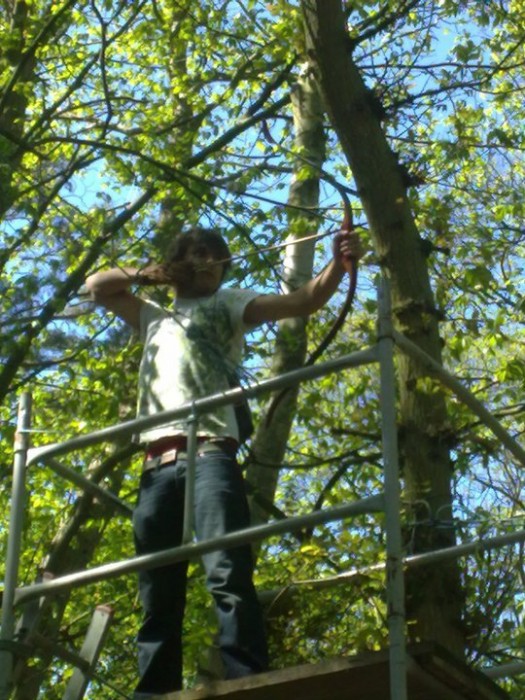
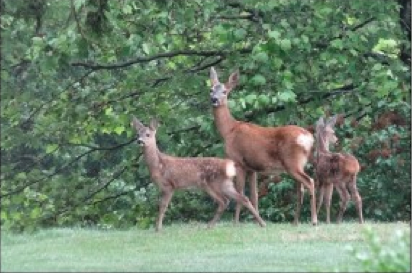
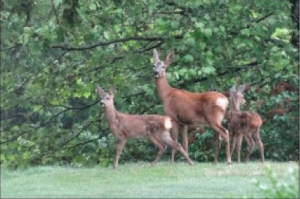
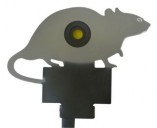
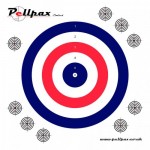
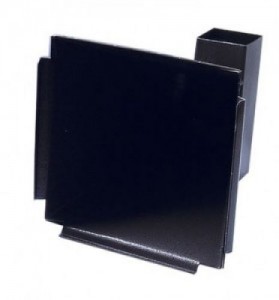

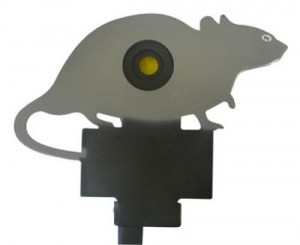
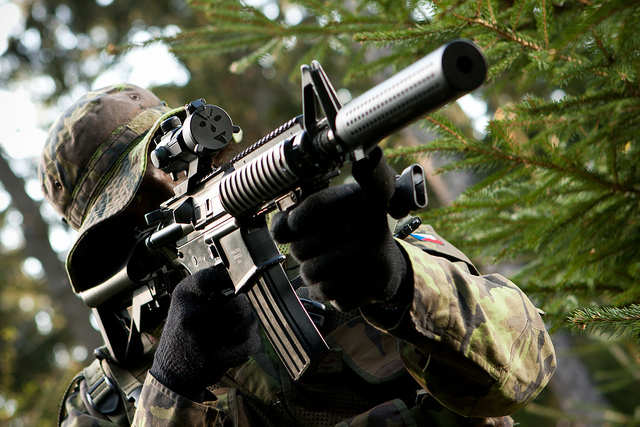
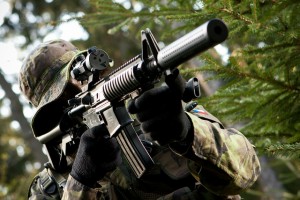
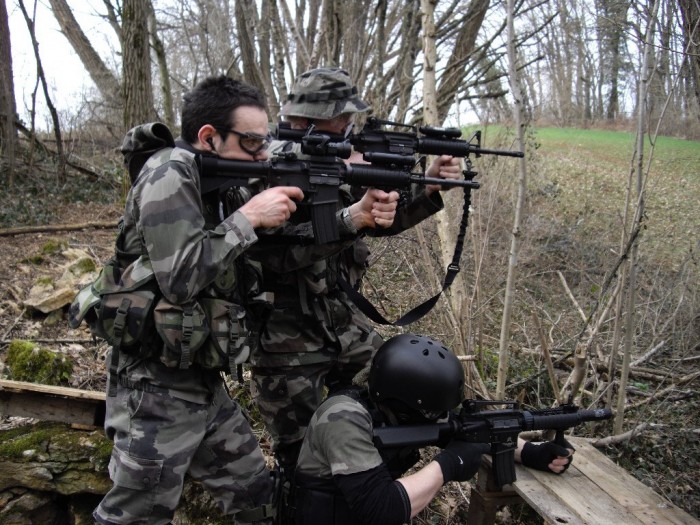
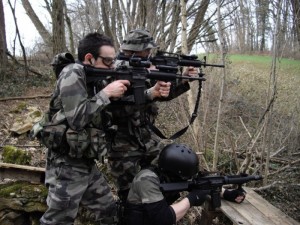

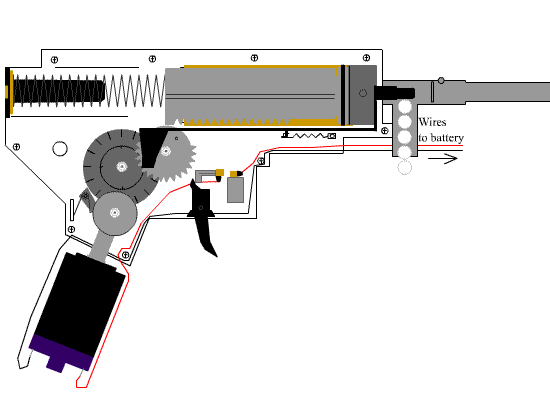
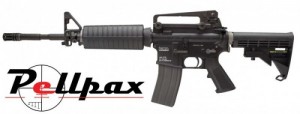



 6) If you’d rather stand upright, that’s fine, but in either case, don’t hold the rifle too tightly, let it sit on your shoulder, and support the weight of it with your forward hand. This is because holding your rifle tightly can affect your aim.
6) If you’d rather stand upright, that’s fine, but in either case, don’t hold the rifle too tightly, let it sit on your shoulder, and support the weight of it with your forward hand. This is because holding your rifle tightly can affect your aim.